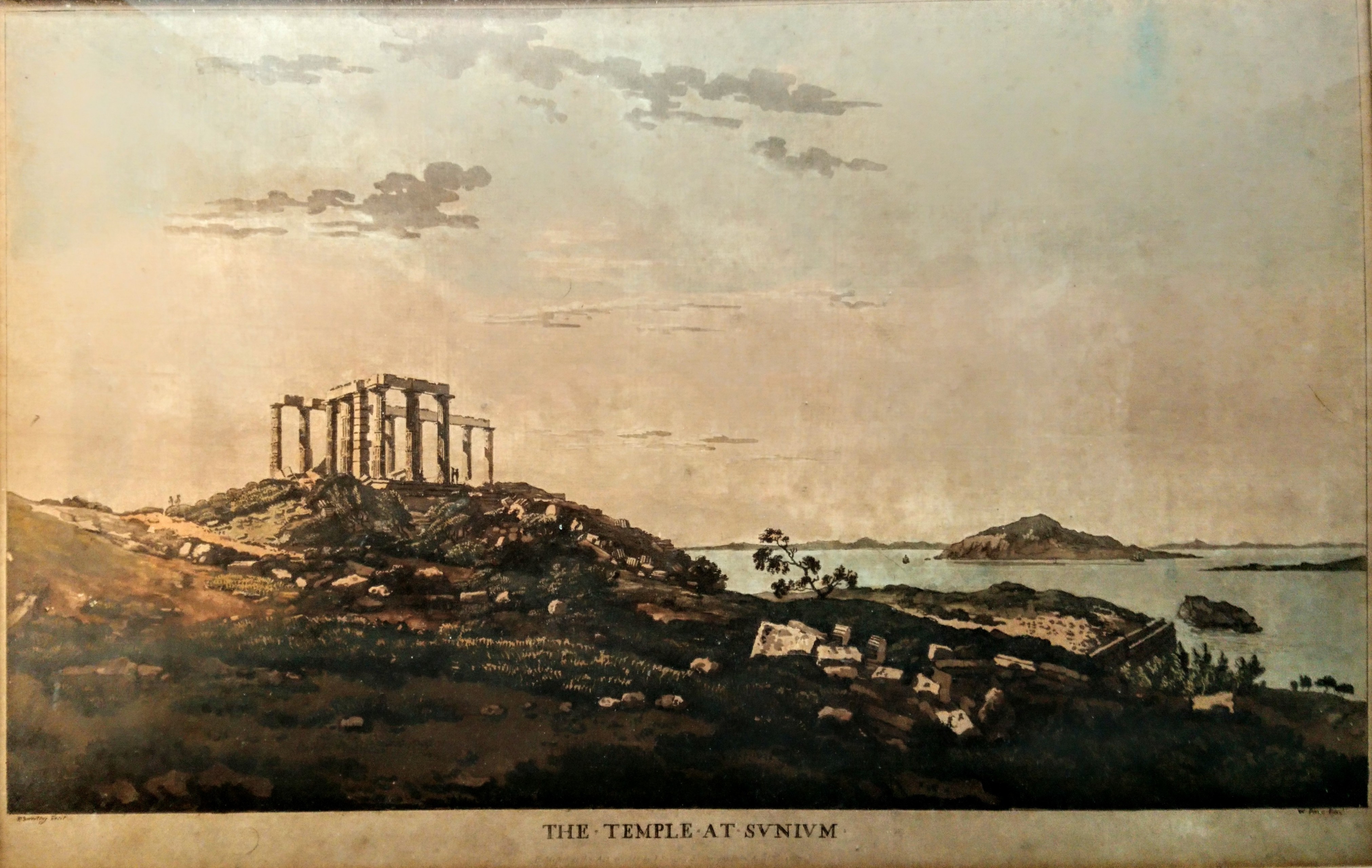
Before the Coffee Gets Cold
by Toshikazu Kawaguchi.
Coffee Ca Samenai Uchini
translated by Geoffrey Trousselot.
Picador, 2019 (2015).
A side street in Tokyo. A basement café lit only by artificial lights, furnished with only a handful of tables and with wall clocks all telling a different time. An urban legend about time travelling. And the select few people who now visit the café, for refreshment, for solace, and for answers to questions.
This mise-en-scène testifies to Before the Coffee Gets Cold‘s theatrical origins, in which all the action takes place within a stage set depicting the café’s interior. But far from narrowing the range of what may maintain the reader’s interest, this setting allows them to focus entirely on the novel’s cast of characters – owners, staff, regular clientele and customers who arrive by chance.
And this gives us opportunities to see that, for all that Japanese cultural expectations are at times very different from the West’s, the concerns that friends, lovers and family members hold for each other are not so very dissimilar.
Continue reading “The café rules”













